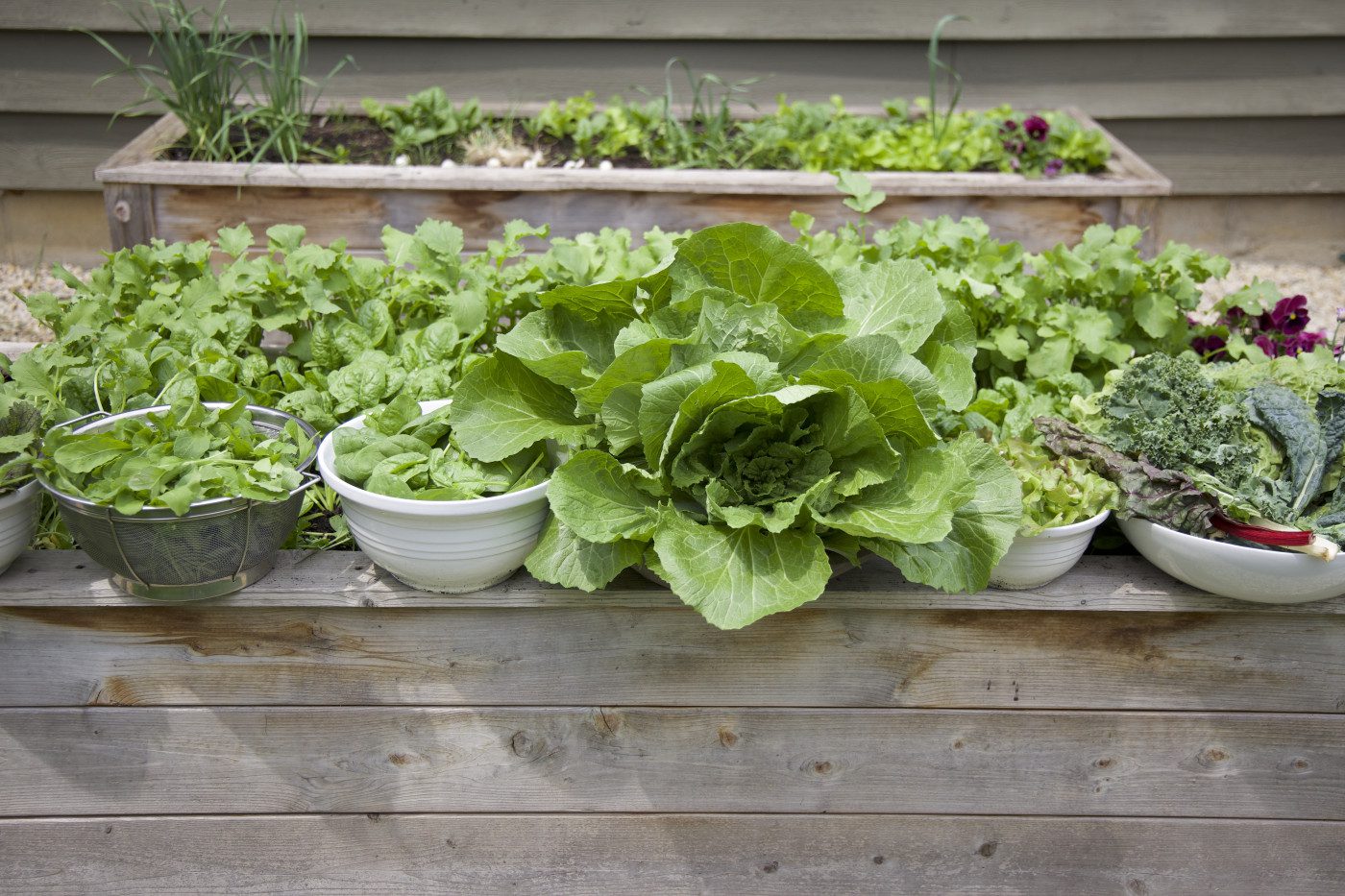Community gardens offer a multitude of benefits that extend beyond the simple act of planting seeds in the ground. When you participate in a community garden, you engage in a shared experience that fosters a sense of belonging and connection with your neighbors. These gardens serve as vibrant green spaces in urban areas, providing not only fresh produce but also a sanctuary for relaxation and social interaction.
The act of gardening itself can be therapeutic, allowing you to escape the hustle and bustle of daily life while nurturing plants and watching them grow. Moreover, community gardens promote environmental sustainability. By cultivating local food sources, you reduce the carbon footprint associated with transporting food over long distances.
You also contribute to biodiversity by creating habitats for various species, including pollinators like bees and butterflies. As you dig your hands into the soil, you become part of a larger movement that emphasizes the importance of sustainable practices and environmental stewardship. The benefits of community gardens are not just personal; they ripple out into the community, enhancing the quality of life for everyone involved.
Key Takeaways
- Community gardens provide access to fresh, nutritious produce and promote physical activity and mental well-being.
- Starting a community garden program involves securing a suitable location, gathering community support, and establishing a clear plan for maintenance and management.
- Engaging the community in garden programs can be achieved through outreach, education, and involving diverse groups in decision-making processes.
- Sustainable gardening practices, such as composting, water conservation, and organic pest control, are essential for the long-term success of community gardens.
- Community gardens play a crucial role in addressing food insecurity by providing affordable, locally grown food and empowering individuals to take control of their food supply.
How to Start a Community Garden Program
Starting a community garden program may seem daunting, but with careful planning and collaboration, you can transform an empty lot or underutilized space into a flourishing garden. The first step is to gather interested individuals who share your vision. You might consider hosting an initial meeting to discuss ideas, goals, and potential locations for the garden.
This collaborative approach ensures that everyone feels invested in the project from the outset, fostering a sense of ownership and commitment. Once you have a group of enthusiastic participants, it’s essential to identify a suitable site for your garden. Look for areas with good sunlight, access to water, and soil that can support plant growth.
After securing a location, you’ll need to navigate the logistics of obtaining permission from property owners or local authorities. This may involve drafting proposals or petitions to demonstrate community support for the initiative. As you move forward, consider creating a garden plan that outlines the layout, types of plants to grow, and maintenance responsibilities.
This structured approach will help keep everyone on the same page and ensure the garden thrives.
Engaging the Community in Garden Programs
Engaging your community in garden programs is crucial for their success and sustainability. To draw in participants, consider hosting workshops or events that highlight the benefits of gardening and provide hands-on experiences. You might organize planting days where community members can come together to sow seeds and learn about different gardening techniques.
These events not only educate but also create opportunities for social interaction, allowing people to connect over a shared passion for gardening. Additionally, consider reaching out to local schools, organizations, and businesses to foster partnerships that can enhance your garden program. Collaborating with schools can introduce children to the joys of gardening while teaching them about nutrition and environmental responsibility.
Local businesses may be willing to sponsor events or donate supplies, further strengthening community ties. By actively involving diverse groups in your garden initiatives, you create a sense of inclusivity that encourages participation from all walks of life.
Sustainable Gardening Practices
Sustainable gardening practices are essential for ensuring that your community garden remains productive and environmentally friendly. As you cultivate your garden, consider implementing techniques such as composting, crop rotation, and organic pest control. Composting not only reduces waste but also enriches the soil with nutrients, promoting healthy plant growth.
By rotating crops each season, you can prevent soil depletion and reduce the risk of pests and diseases. Incorporating native plants into your garden design is another sustainable practice worth considering. Native plants are adapted to your local climate and soil conditions, requiring less water and maintenance than non-native species.
They also provide essential habitats for local wildlife, contributing to biodiversity in your area. As you adopt these sustainable practices, you not only enhance the health of your garden but also set an example for others in your community to follow.
The Impact of Community Gardens on Food Security
Community gardens play a significant role in addressing food security issues within urban areas. By growing fresh fruits and vegetables locally, you help combat food deserts—areas where access to affordable and nutritious food is limited. When you cultivate a community garden, you provide an opportunity for individuals and families to access fresh produce without relying solely on grocery stores or markets.
Furthermore, community gardens can serve as educational platforms that teach individuals about nutrition and healthy eating habits. Workshops on cooking with fresh ingredients or preserving seasonal produce can empower community members to make healthier choices. As you witness the positive impact of your garden on food security, you may find yourself inspired to advocate for policies that support local food systems and promote sustainable agriculture practices in your area.
Connecting with Local Farmers and Food Systems
Establishing connections with local farmers and food systems can greatly enhance the impact of your community garden program. By collaborating with nearby farms, you can gain access to resources such as seeds, plants, and expert knowledge about sustainable farming practices. Local farmers may also be interested in participating in workshops or events at your garden, sharing their experiences and insights with community members.
Additionally, consider organizing farm-to-table events that showcase the produce grown in your community garden alongside offerings from local farms. These events not only celebrate local agriculture but also strengthen relationships between gardeners and farmers. By fostering these connections, you contribute to a more resilient local food system that benefits everyone involved.
Inclusive and Accessible Garden Programs
Creating inclusive and accessible garden programs is vital for ensuring that everyone in your community can participate in gardening activities. Consider the physical layout of your garden; raised beds can make gardening more accessible for individuals with mobility challenges. Additionally, providing tools and resources that cater to diverse needs will encourage participation from all community members.
Outreach efforts are equally important in promoting inclusivity. Engage with underrepresented groups in your community by hosting events that cater specifically to their interests or needs. For instance, offering workshops in multiple languages or focusing on culturally significant crops can help bridge gaps and foster a sense of belonging among diverse participants.
By prioritizing inclusivity in your garden programs, you create an environment where everyone feels welcome and valued.
Building Relationships and Social Connections through Community Gardens
One of the most rewarding aspects of community gardens is their ability to foster relationships and social connections among participants. As you work alongside neighbors to cultivate plants, you naturally engage in conversations that build camaraderie and trust. These interactions can lead to lasting friendships and a stronger sense of community cohesion.
Moreover, community gardens often serve as gathering spaces for events such as potlucks or harvest festivals, further enhancing social connections among participants. These gatherings provide opportunities for sharing not only food but also stories, experiences, and cultural traditions. As you witness these relationships flourish within your garden program, you’ll realize that the true value of community gardens extends far beyond the produce they yield; they cultivate connections that enrich lives and strengthen communities.
In conclusion, community gardens are powerful tools for fostering connection, promoting sustainability, and enhancing food security within urban areas. By starting a community garden program and engaging diverse participants through inclusive practices, you can create a vibrant space that benefits both individuals and the broader community. As you cultivate relationships through gardening, you’ll find that these green spaces become more than just places to grow food; they transform into hubs of social interaction and collective empowerment.
If you’re interested in learning more about community garden programs, you should check out the blog post on Skidmore Gardens titled “Blooming Bliss: Garden Design Tips to Create Your Happy Place.” This article offers valuable insights into how to design and cultivate a beautiful and thriving garden space. You can find this article




